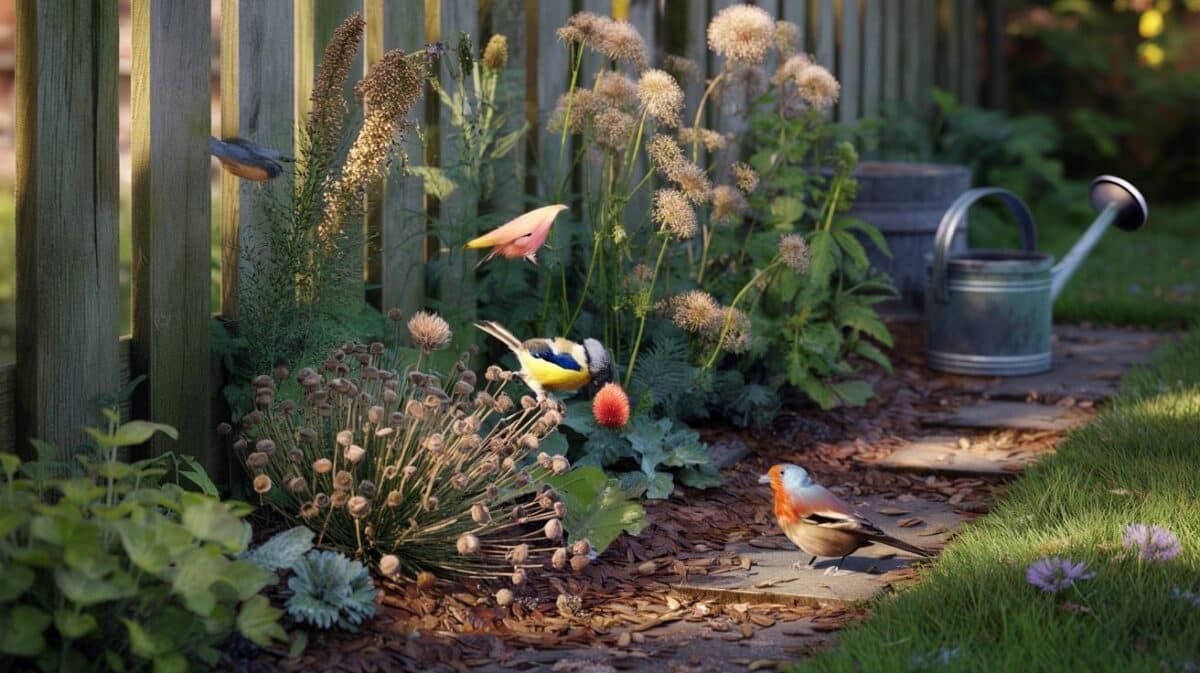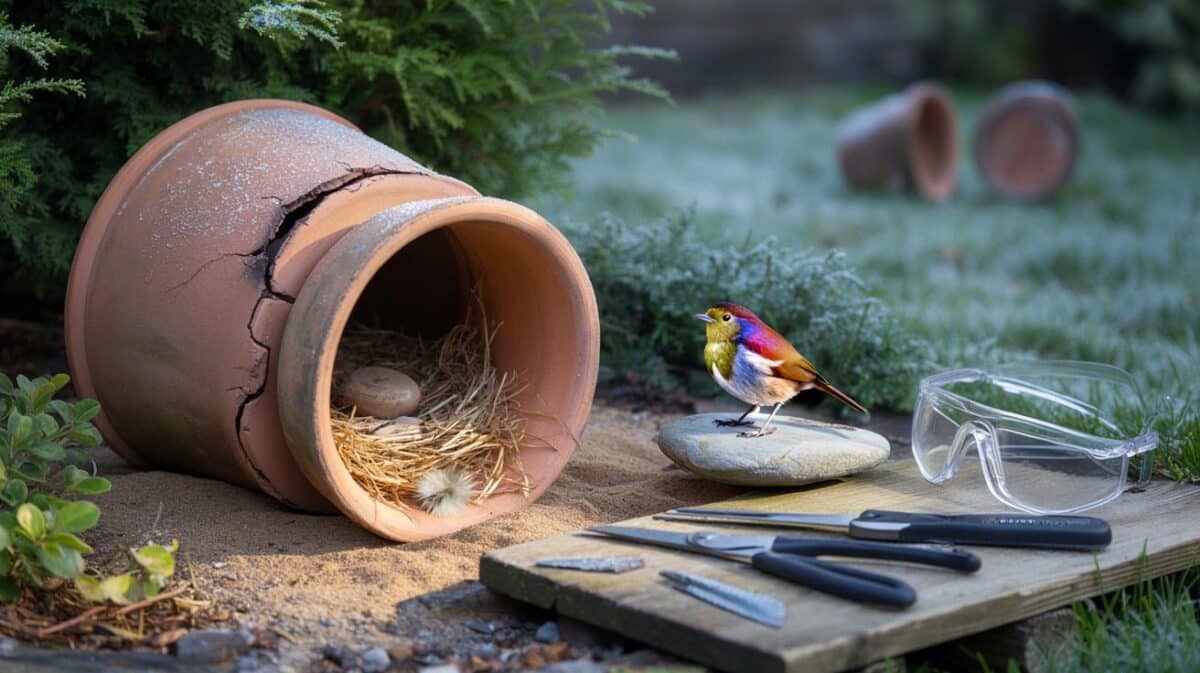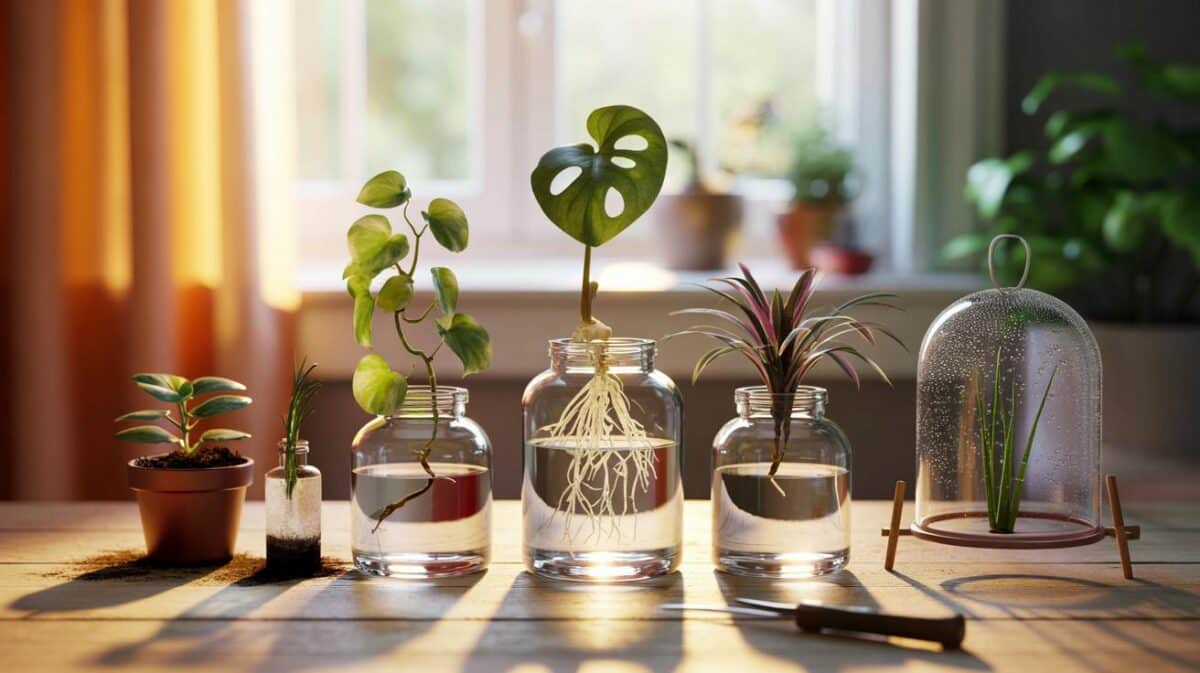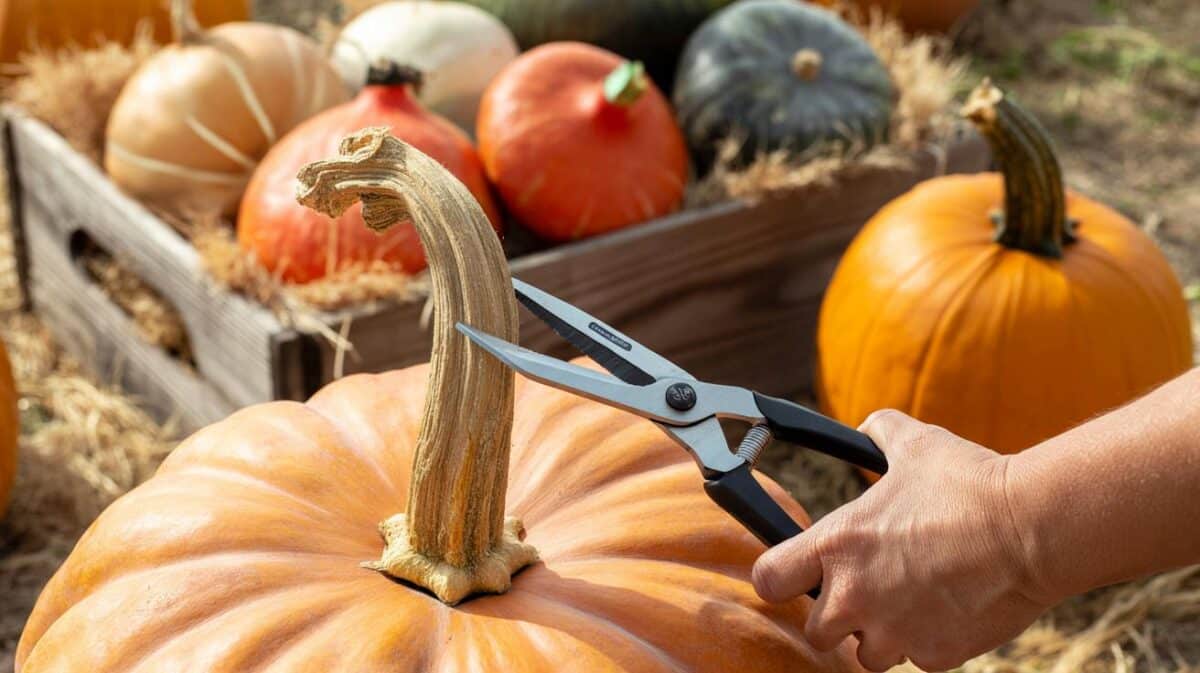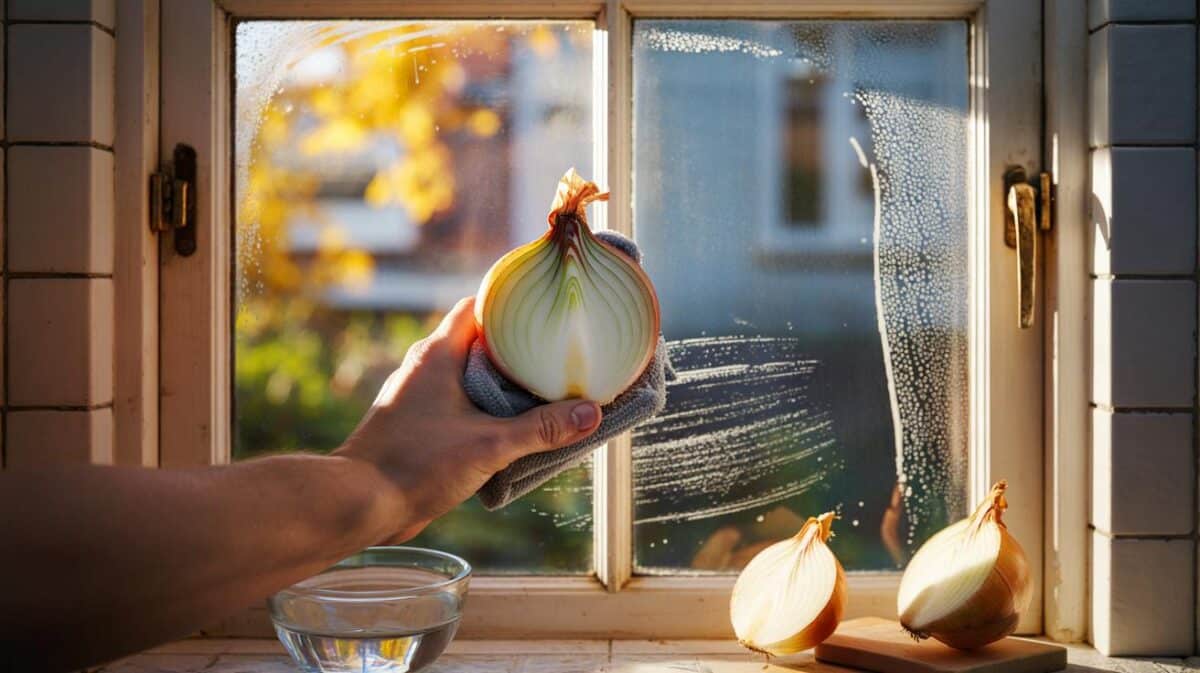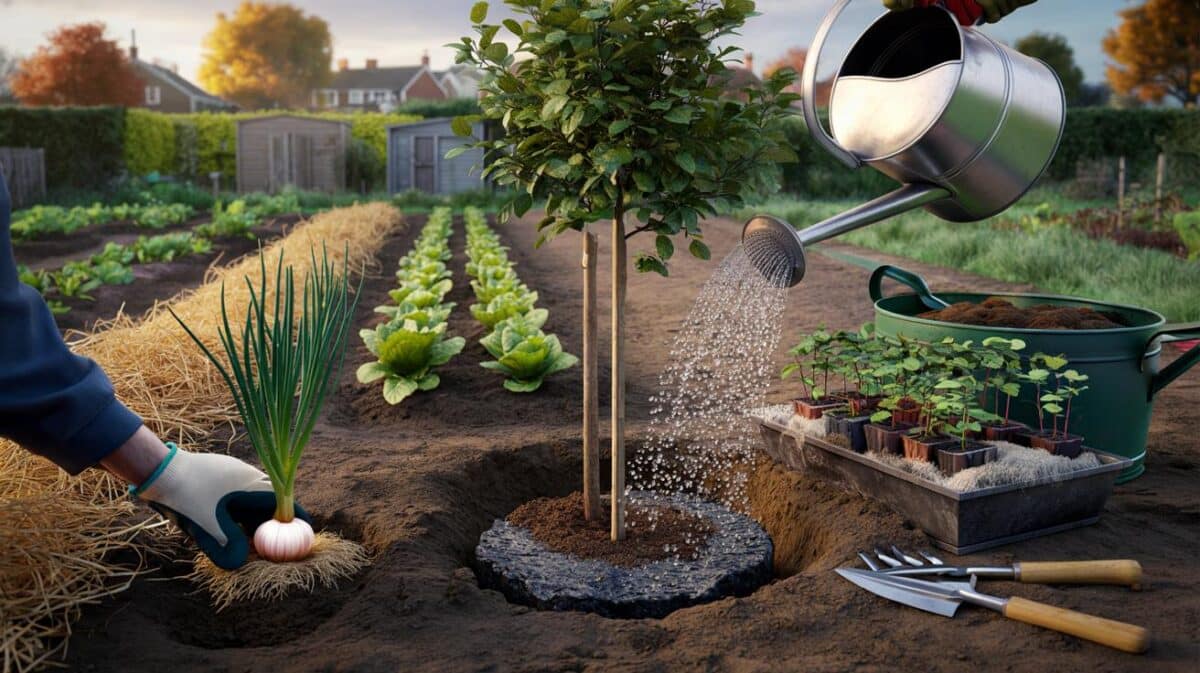What happens next decides whether January tastes of your garden or the bin.
Across allotments and back gardens, a simple habit is spreading. It takes 120 seconds, costs nothing, and turns a crate of apples or pears into months of winter eating. Growers say the difference shows by Christmas: less bruising, fewer soft spots, better flavour, and far less waste.
Two minutes that change winter fruit
The step is disarmingly small. As you pick or the moment you set the basket down, slow yourself for two minutes. Look closely. Handle each fruit once, gently. Sort it into its next destination rather than letting it sit in a heap “until later”. That tiny pause prevents damage, blocks rot from spreading, and sets up a smooth storage routine.
Pick at true maturity, sort on the spot, and never stack: two minutes now spare you months of losses.
Pick at the right stage
Fruit that is too green shrivels and never sweetens properly. Overripe fruit breaks down fast. Aim for true maturity: the stem releases with a slight twist, the background colour has turned from green to cream or yellow, and the seeds are dark. Pears complicate things, as many keep better when picked mature but firm, then ripened indoors for eating. Handle everything like eggs; pressure points are future rot.
Make the first cut: sort, don’t stack
As soon as the picking ends, perform a quick triage. Separate the perfect from the risky. Keep only sound, clean, unblemished fruit for long storage. Put anything nicked, scuffed or soft into a “use now” bowl for compotes, crumbles or juice within 48 hours. Store your keepers in a single layer. Avoid sacks and deep baskets that bruise fruit invisibly.
- Green-tinged and rock hard? Ripen for eating; don’t store long term.
- Small puncture, bird peck or hail scar? Cook within two days.
- Shiny skin with no give and intact stalk? Suitable for the storage shelf.
- Strong perfume and soft shoulder on a pear? Eat soon; not a keeper.
The place that keeps fruit calm
Storage conditions matter as much as the fruit itself. A cool, dark, draught-free space steadies temperature and suppresses moulds. Many British homes manage this with a cellar, a north-facing shed, or an unheated utility room.
Cool, dark and moving air
Target 8–12°C for home storage, with gentle ventilation and no direct light. Sudden temperature swings stress the fruit. Set your trays or slatted shelves so air can pass around each piece. Keep varieties apart, because they behave differently and release different amounts of ethylene gas.
Aim for 8–12°C, high humidity and a single layer on slatted shelves; light off, draughts mild, no piles.
Ventilate without drying
Open the door or window briefly once a week to refresh the air, then close again to preserve humidity. If the room feels parched, place a shallow tray of water nearby, not under the fruit. Cardboard trays, wooden slats and mesh racks balance airflow with support. Avoid plastic bags, which trap condensation near the skin.
| Fruit | Home storage temperature | Typical keeping time | Notes |
|---|---|---|---|
| Apples (late varieties) | 8–12°C | 8–14 weeks | Store separately from leafy veg; strong ethylene producers. |
| Pears (late cookers) | 8–12°C | 4–8 weeks | Ripen at room temperature before eating for best texture. |
| Quinces | 8–12°C | 3–6 weeks | Fragrant; keep apart to avoid scent transfer. |
| Persimmons (kaki) | 10–12°C | 2–5 weeks | Handle gently; soft types bruise quickly. |
Weekly rituals that stop rot
Storage isn’t set-and-forget. A short weekly check protects the whole stash. You’ll spot trouble early and keep losses contained.
The 3–minute sweep
- Scan for dark spots, weeping patches, or a sour smell.
- Lift each fruit briefly; if it feels light and wrinkled, move it to the kitchen.
- Isolate anything suspect in a separate tray for fast use.
- Refresh the air, then close up to retain moisture.
- Note which varieties hold best, and adjust next year’s planting.
One failing fruit can seed a dozen failures. Isolation today prevents a domino effect by the weekend.
Organise to contain trouble
Give each variety its own tray. Leave a finger’s width between fruit. Label the date and orchard row if you can; patterns appear. Keep the most fragile near the front for easy access. This simple layout means a small issue stays small. If a tray goes bad, it won’t take the rest with it.
From orchard to table through winter
Households using the two-minute rule report calmer stores and better meals. The apple that tasted promising in October still snaps in January. A late pear poaches perfectly on a damp Sunday. You waste less because you see problems before they spread, and you cook blemished fruit on your terms, not in a panic.
Real numbers you can work with
A crate of late apples handled with the quick triage, kept around 10°C and checked weekly, often sees only 5–10% losses by February. Without that early sort and gentle handling, waste can jump to 25% or more, mostly from bruising that went unnoticed under a pile. The small pause on day one pays for itself in the first fortnight.
What the science says without the lab coat
Fruit continues to respire after picking. Warmer, brighter conditions speed that process, leading to moisture loss and softening. Ethylene gas, produced naturally by many fruits, ramps up ripening in anything nearby. That’s why apples can rush pears along, and why a dark, cool nook with modest airflow slows everything down to a manageable pace. High relative humidity (around 85–90%) keeps skins from shrivelling, as long as surfaces stay dry to the touch.
Practical add-ons for tight spaces
No cellar? Use the coolest, darkest spot you have: under-stairs cupboard away from pipes, an attached but unheated garage, or an insulated shed. A cheap thermometer–hygrometer gives you the numbers. Slip a sheet of newspaper between fruit if knocks are likely. If mice visit, switch to lidded but ventilated crates and raise them off the floor on bricks.
Planning next year from this week
Not all varieties behave alike. Late, firm apple cultivars such as ‘Bramley’ or ‘Egremont Russet’ often hold better than early dessert types. Gritty cooking pears outlast buttery ones. Keep notes through winter. If your shed sits closer to 12°C than 8°C, favour sturdier keepers. If you can hold 8–10°C with high humidity, broaden the mix and push your season deeper into spring.


